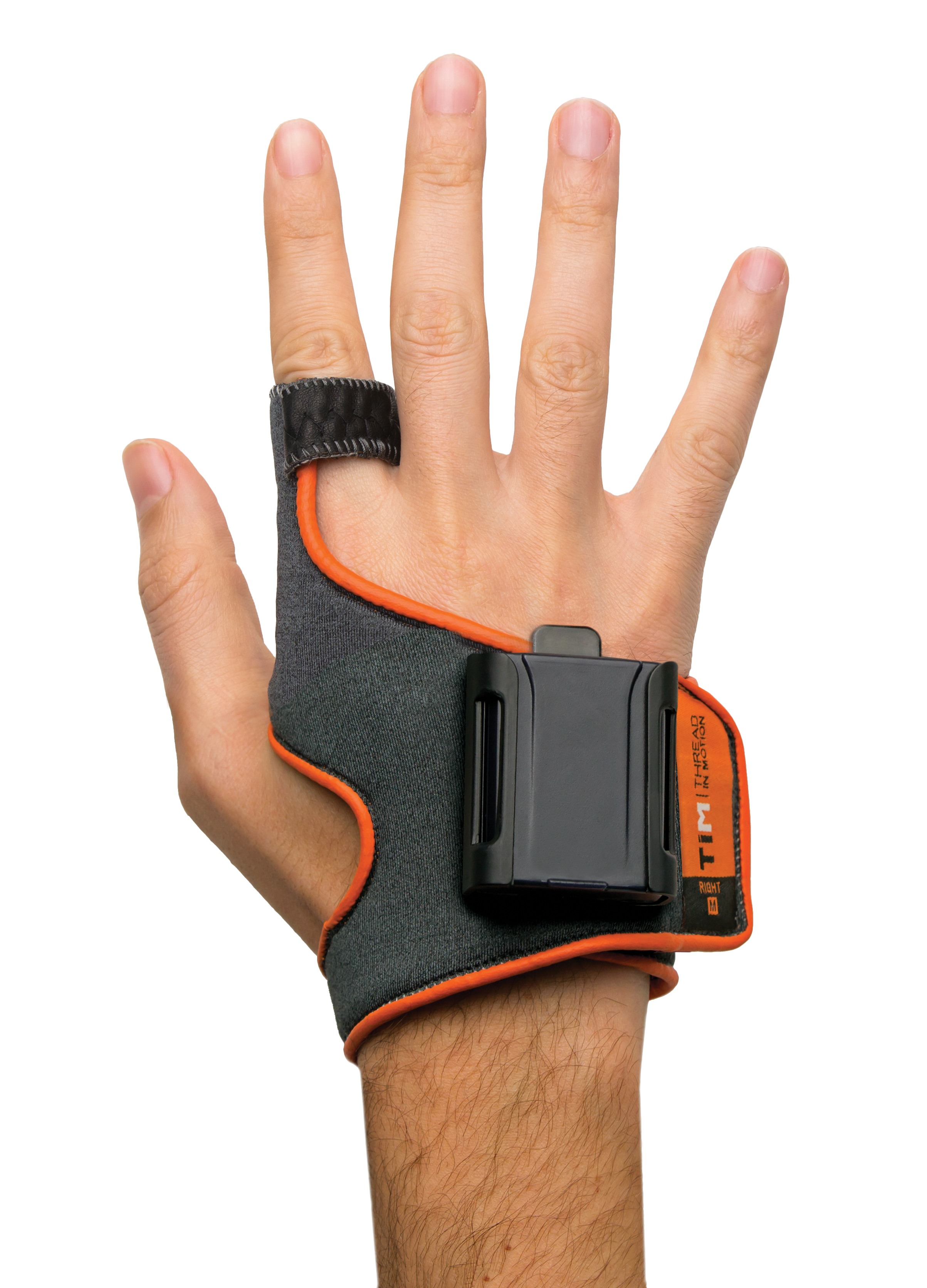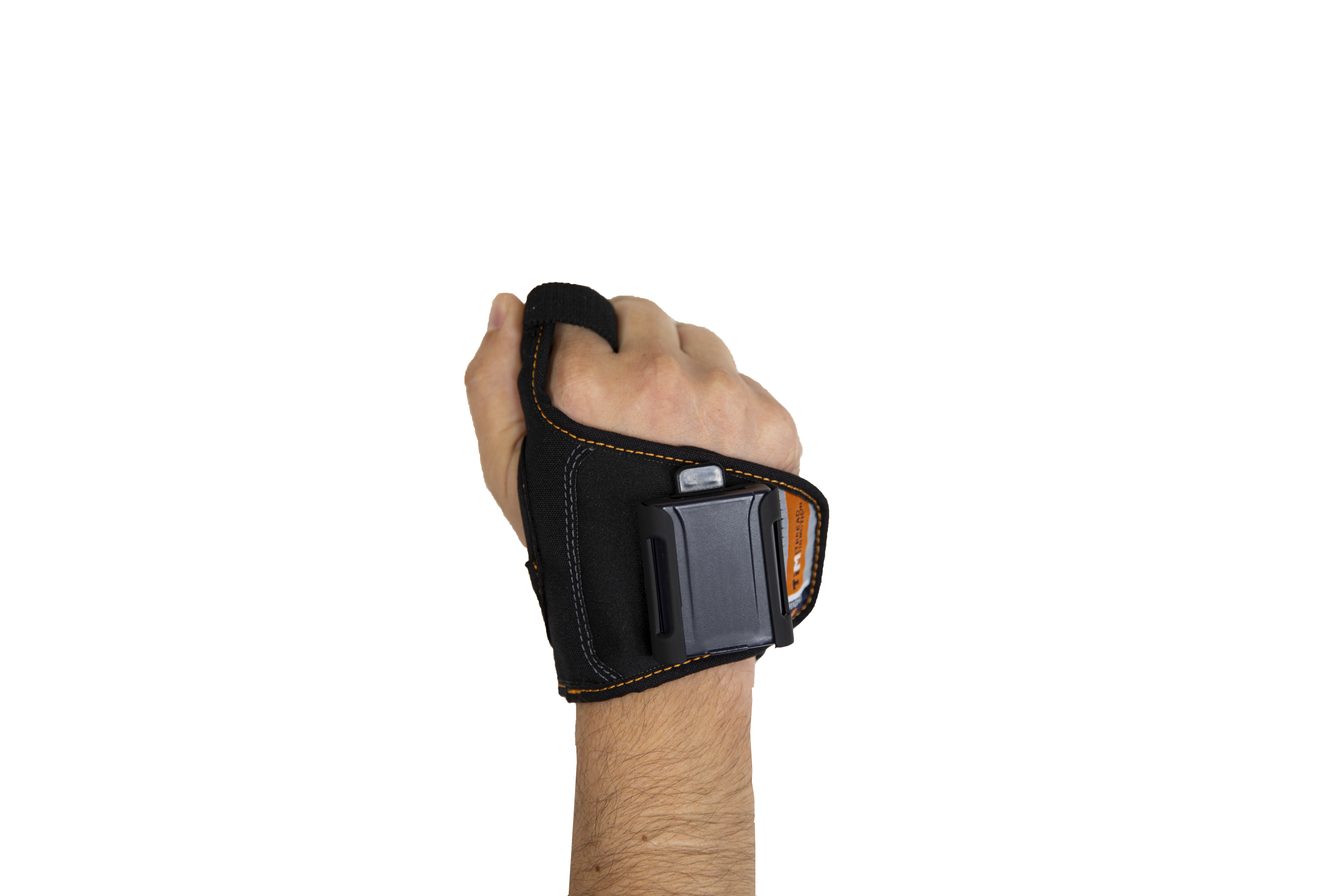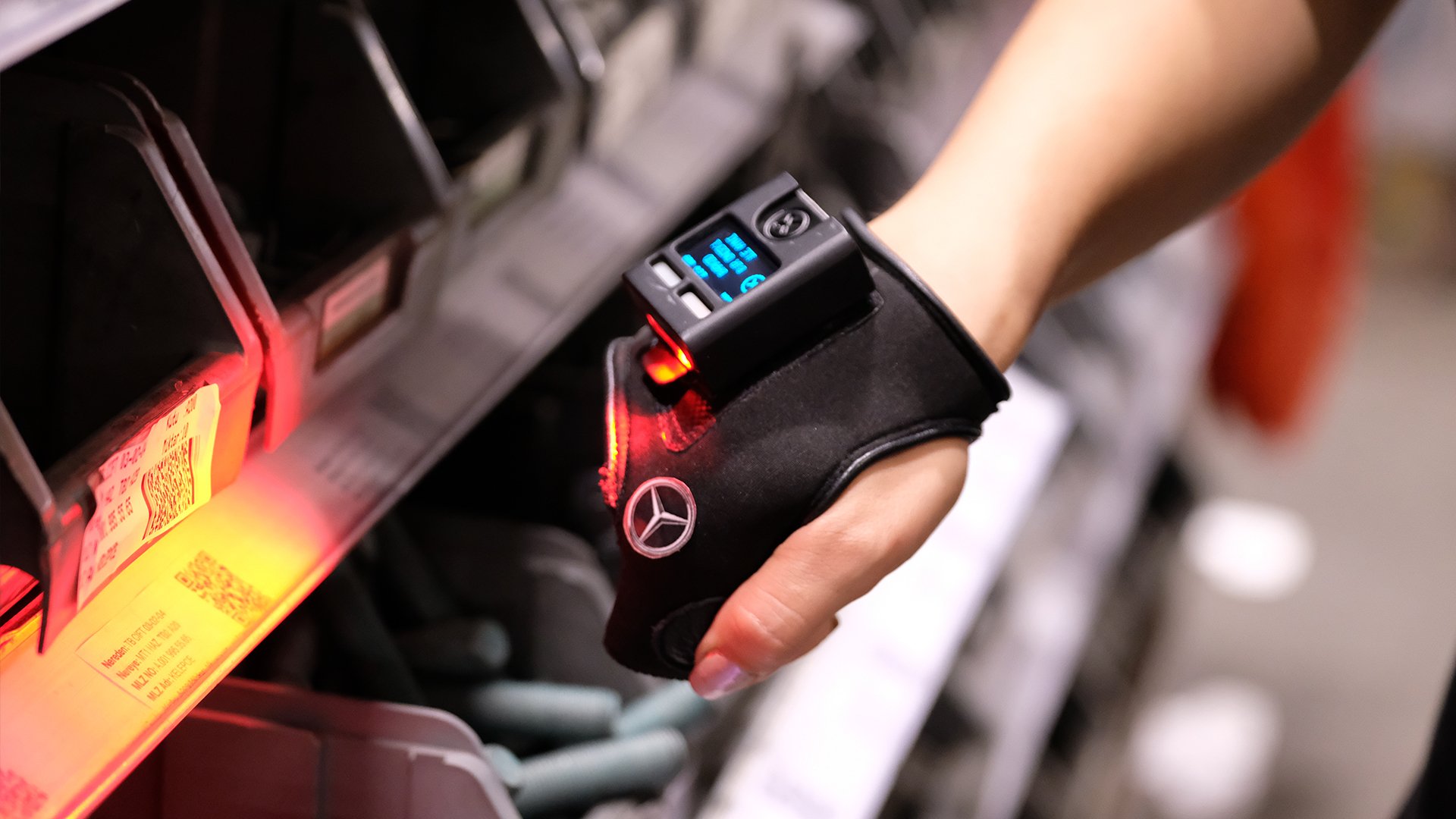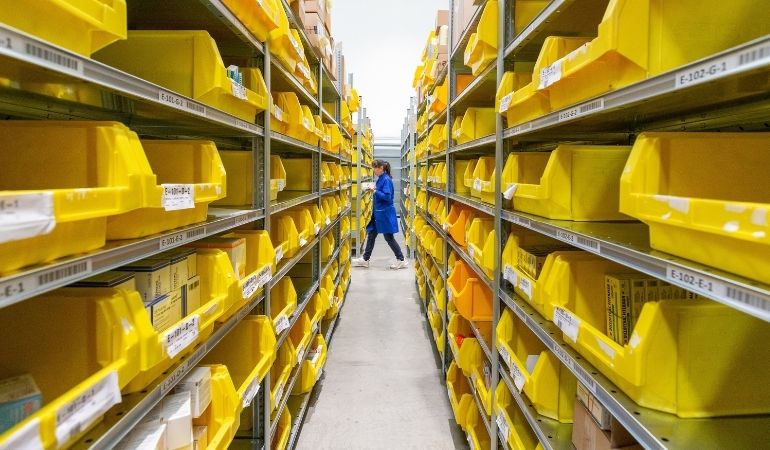Wearable Scanners | How Do They Work and Why Do You Need Them
From the beginning of Industry 4.0, there is a clear path to be seen: Wearable Technology Era is coming. We are using smart devices, and if you think...
3 min read
Işık Handan : Oct 5, 2021 5:00:00 PM
It’s only a matter of time that factories around the globe turn smart, something that industry leaders started investing in long ago. And modern industrial scanners will play a key role in that. They’re already transforming the working spaces and manufacturing operations for good.
These devices boost efficiency and productivity, with a design that elevates human capabilities and works in harmony with the human body. We’ll dive into what makes them so important, but before that, let’s find out what industrial scanners are, really.
An industrial scanner is a highly durable device that incorporates light, sensor, lens, data decoding, and transaction systems in its design, built for processing data contained in barcodes.
It captures, processes, and transmits critical data that fuel manufacturing operations, so it’s the backbone of connectivity in industrial environments.
In the past decade, industry leaders invested heavily in IIoT technologies, and IIoT evolved with their emerging needs.
Today, modern industrial scanners are human-friendly, smart, and ergonomic.

So, how do they help you?
If you’re just starting out, using industrial scanners will make all the difference in the world. No matter which scanning technology you use, switching from manual data collection and recording systems to automation will dramatically improve your productivity.
But likely, you’re using some sort of barcode system and scanners, presumably a traditional handheld scanner.
Interestingly, switching from traditional handheld terminals to modern smart wearables will bring about a change that’s equally dramatic.
Let’s learn how.
How do you feel when carrying something heavy in the palm of your hand? Not comfortable, for sure. That’s why modern industrial scanners are now wearable and lightweight.
One value these modern devices bring to the industry is that they function in harmony with the human body. Wearing the device on their hands, factory workers use it almost as an extension of their body, not some external device that they have to adapt to.
That’s a revolutionary change when you think about the history of industrial technologies. Now, more than ever, the industry is focused on human-centric design that elevates human capabilities, not overrides them.
Be sure to pick the right scanner that’ll make your workers’ lives easier and boost their productivity. It’s the direction industry leaders are headed to, and the ones who follow it will thrive in 5.0.
47% percent of manufacturing industry leaders say that their top priority over the next few years is using IoT devices—seeing them as the foundation for smart manufacturing systems. Even though industry leaders acknowledge the importance of IoT, some businesses refrain from introducing such a big change to their organizations. That hesitation is rooted in their past experiences.
An installation process that takes too long can delay your projects and make workers uncomfortable. And even a small hitch in the production process can cause significant delays in fulfillment.
Since you don’t want it to hurt your business relations, make sure you choose easily integrable technologies. Plug-and-play wearables make the integration process seamless. These modern-day devices carry their operating system on the glove, so you don’t need to install an outer system.
Human error costs businesses millions of dollars every year. One proven way to address this issue in factory settings is to build a solid and instant feedback system.
Instant feedback is a preventive mechanism that minimizes human error. These errors might occur anywhere in the supply and logistics chains—from assembly lines to picking and sorting processes.
Smart industrial scanners help you a great deal in minimizing these costly errors. They have multi-layer feedback mechanisms that incorporate haptic, optic, and acoustic warnings, making 100% sure that the worker is aware of the mistake.
This way, delays that can seriously affect the supply chain are eliminated. Workers deal with less stress, thanks to a powerful control mechanism. And lastly, the time and money spent on correcting those costly mistakes are gone.
Pick an industrial scanner that has a multi-layer feedback mechanism to make sure your operations are running smoothly and your workers are comfortable and productive.
Transition to smart factories is inevitable. If you want to drive efficiency and grow fast, invest in technologies that ease the lives of your employees, use data and smart solutions to detect and prevent problems before they occur. Define your business’s needs and make sure your technological equipment can meet those needs. Identify your goals and keep in mind that your employees’ happiness has a direct impact on how and when you achieve those goals.
Modern-day wearable scanners are far more efficient in all those respects compared to traditional handheld devices. Invest in the right new generation technology to open up room for improvement.

From the beginning of Industry 4.0, there is a clear path to be seen: Wearable Technology Era is coming. We are using smart devices, and if you think...

Barcode scanner software is basically an Industry 4.0 and digital transformation wonder where groundbreaking scanning technology and data analysis...

Wearable barcode scanners are the way of shaping the future in warehouses. It can be explained as scanning improves overall efficiency, makes workers...